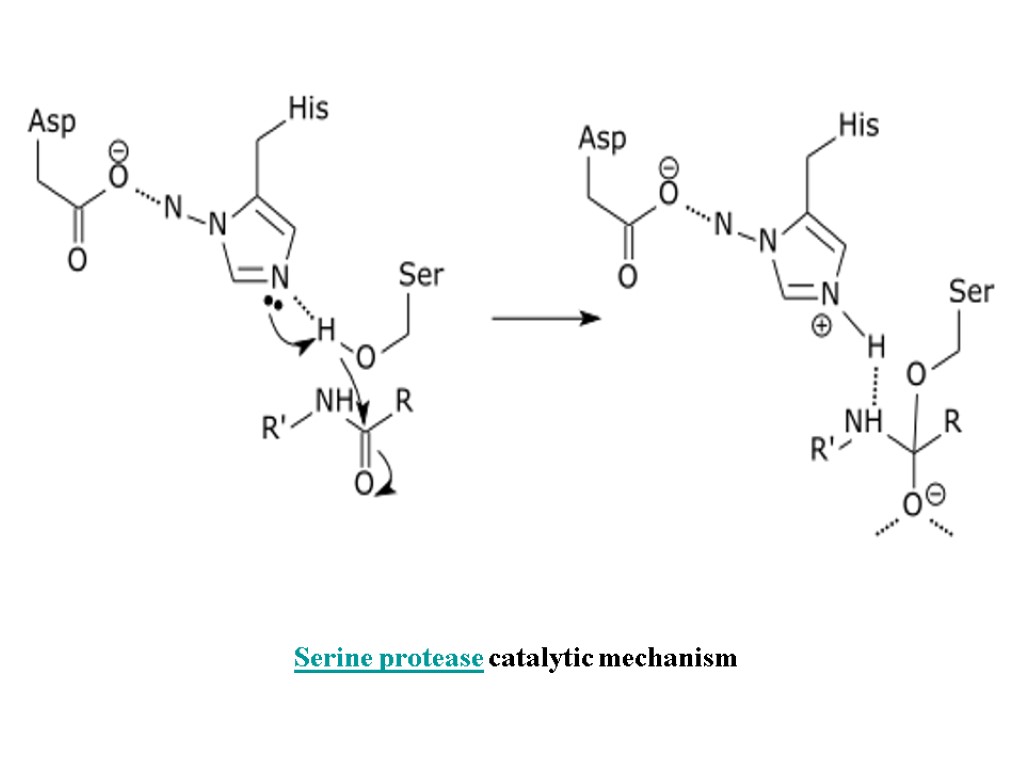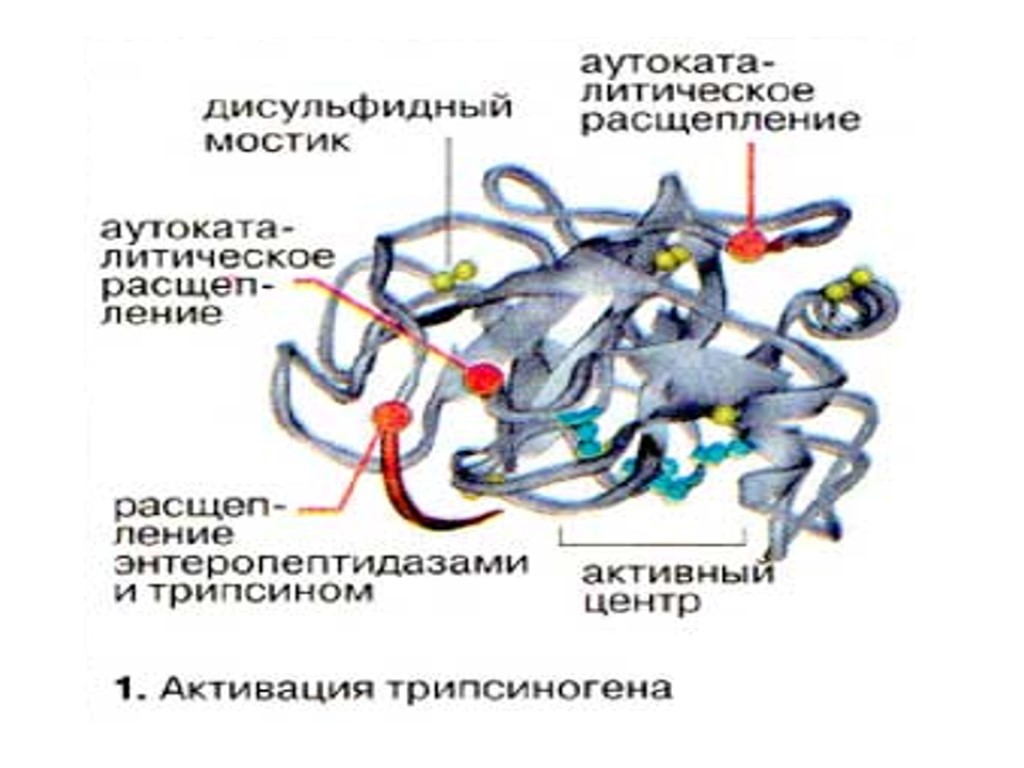1897 Eduard Buchner began to study the ability



1897 Eduard Buchner began to study the ability of yeast extracts to ferment sugar despite the absence of living yeast cells. University of Berlin, - sugar was fermented even when there were no living yeast cells in the mixture. In 1907 he received the Nobel Prize in Chemistry "for his biochemical research and his discovery of cell-free fermentation". Suffix -ase



Carbonic anhydrase II. The grey sphere is the zinc cofactor in the active site

Molybdopterins are a class of biochemical cofactors that are used in many different enzymes (xanthine oxidase, DMSO reductase, sulfite oxidase, nitrate reductase)


Emil Fischer, 1894 "Lock and key" model 1958 Daniel Koshland Time-scales ranging from femtoseconds to seconds




DNA polymerase catalyses a reaction in a first step and then checks that the product is correct in a second step.[12] This two-step process results in average error rates of less than 1 error in 100 million reactions in high-fidelity mammalian polymerases




HIV protease in a complex with the protease inhibitor ritonavir Competitive inhibition: substrate (S) and inhibitor (I) compete for the active site.

The coenzyme folic acid (left) compared to the anti-cancer drug methotrexate (right)


Trypanothione reductase with the lower molecule of an inhibitor bound irreversibly and the upper one reversibly






A paper mill. Degrade starch to lower viscosity, aiding sizing and coating paper. Xylanases reduce bleach required for decolorising; cellulases smooth fibers, enhance water drainage, and promote ink removal; lipases reduce pitch and lignin-degrading enzymes remove lignin to soften paper Amylases, Xylanases, Cellulases and ligninases

presentation_05.ppt
- Количество слайдов: 26

